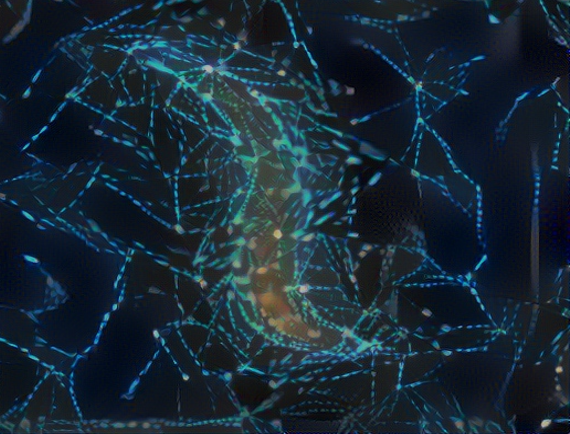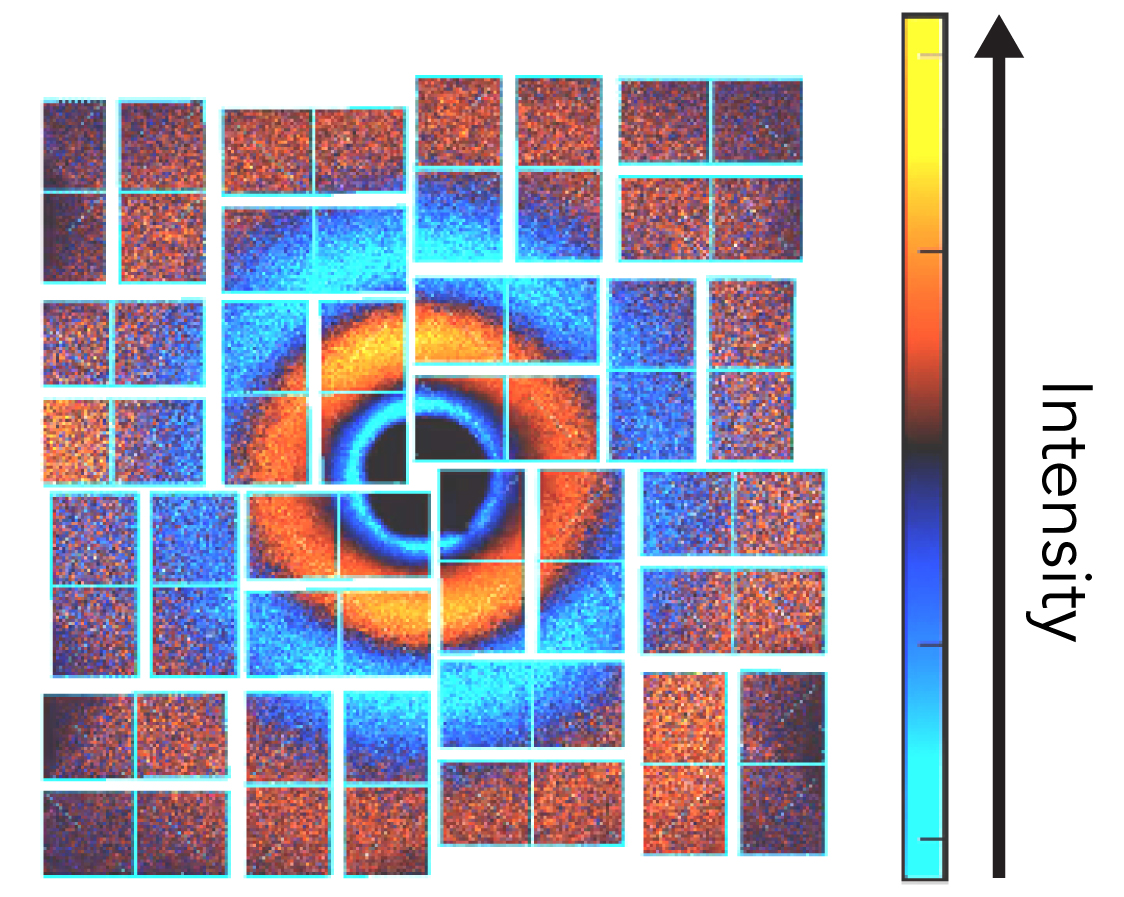Researchers used diamond mirrors to guide X-ray laser pulses around a rectangular racetrack inside a vacuum chamber. It’s an important step toward developing cavity-based X-ray free-electron lasers, or CBXFELs, to make X-ray laser pulses brighter and cleaner – more like regular lasers are today.
Tag: XFELs
SLAC’s superconducting X-ray laser reaches operating temperature colder than outer space
Nestled 30 feet underground in Menlo Park, California, a half-mile-long stretch of tunnel is now colder than most of the universe. It houses a new superconducting particle accelerator, part of an upgrade project to the Linac Coherent Light Source (LCLS) X-ray free-electron laser at the Department of Energy’s SLAC National Accelerator Laboratory.
First detailed look at how charge transfer distorts a molecule’s structure
When light hits certain molecules, it dislodges electrons and creates areas of positive and negative charge. An X-ray free-electron laser study has directly observed how this charge transfer affects a molecule’s structure for the first time.

New machine learning tool diagnoses electron beams in an efficient, non-invasive way
For the past few years, researchers at the Department of Energy’s SLAC National Accelerator Laboratory have been developing “virtual diagnostics” that use machine learning to obtain crucial information about electron beam quality in an efficient, non-invasive way. Now, a new virtual diagnostic approach incorporates additional information about the beam that allows the method to work in situations where conventional diagnostics have failed.

An advance in molecular moviemaking reveals the subtle, complex ways a simple molecule can shimmy and fly apart
Researchers observed atomic nuclei moving over distances of less than an angstrom in less than a trillionth of a second — a level of resolution that can only be achieved with an X-ray free-electron laser.